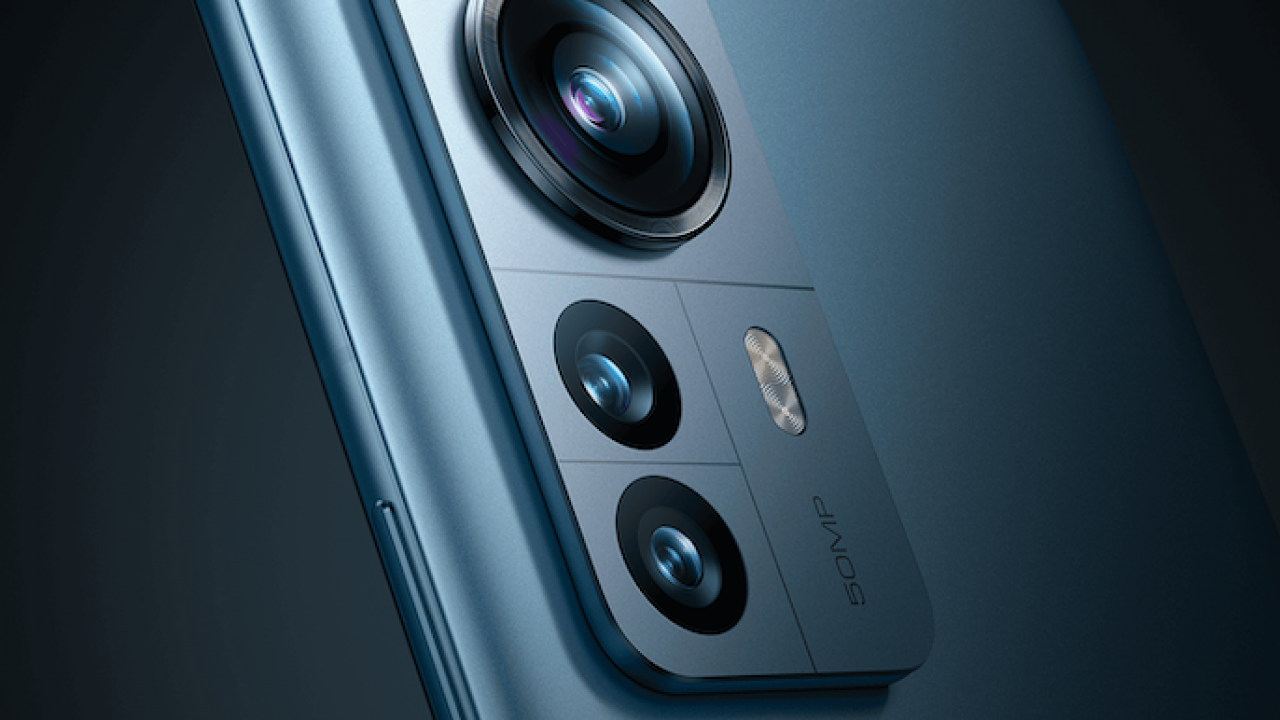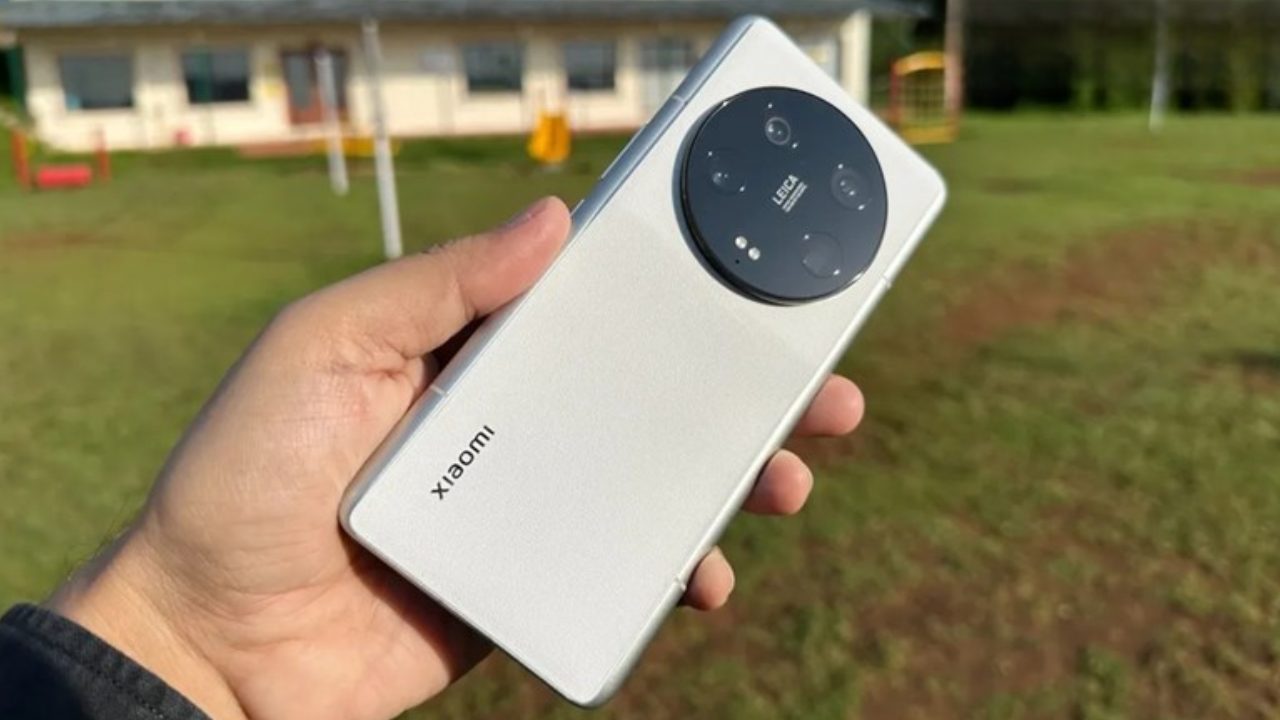On the Xiaomi side, which continues its update work at full speed, the distribution of the HyperOS version introduced last year continues. While the Chinese brand has been focusing more on the entry and middle segments, especially recently, its flagship models that have not yet received the new structure are not idle. Finally, two more Xiaomi models received the HyperOS update.
HyperOS update is available for Xiaomi 12 Pro and Xiaomi 11 Lite 5G NE
Xiaomi launched the HyperOS update for Xiaomi 12 Pro and 11 Lite 5G NE, which were introduced last year. New structure; It comes with build numbers OS1.0.1.0.ULBMIXM and OS1.0.1.0.UKOCNXM and brings the February 2024 security patch.

It should be noted that the new version is available for the global versions of Xiaomi 12 Pro and the Chinese variants of 11 Lite 5G NE . Apart from this, the new structure will be available for the first Mi Pilot users. If there is no problem in the version, it will be available for general use very soon.
Xiaomi founder Lei Jun officially announced that the logo of the HyperOS interface has changed with his post last month. The new logo, which comes with a more stylish and compact appearance than the old one, is defined as a galaxy of points rotating together like ideas and connections in the digital universe. It also contains purple-tinged colors.
Xiaomi HyperOS: It seems that it will offer more customization on the lock screen with new clock styles, fonts, wallpapers, and widgets. The control center will have a cleaner and more modern design compared to the previous version of MIUI 14.
The application icons are similar, but the overall consistency seems to have increased. Another noteworthy detail with the new version is the space that Xiaomi HyperOS will occupy on the phones. According to the Chinese company’s claim, the structure is 8.75 GB in size and provides a serious advantage in terms of storage compared to its competitors.
HyperOS will consume less power compared to its predecessors and can run more easily on less memory. This means that it leaves an open door, especially for Xiaomi’s old and hardware-insufficient products.
So, what do you think about this issue? You can share your opinions with us in the comments section!













